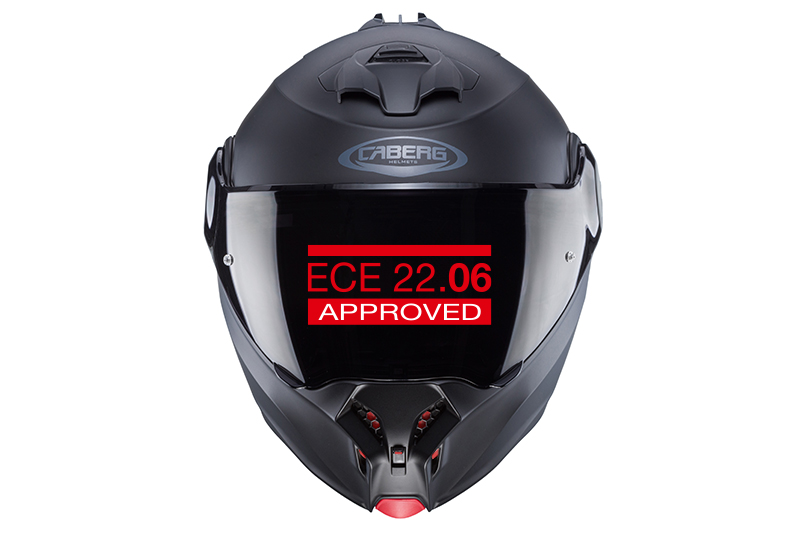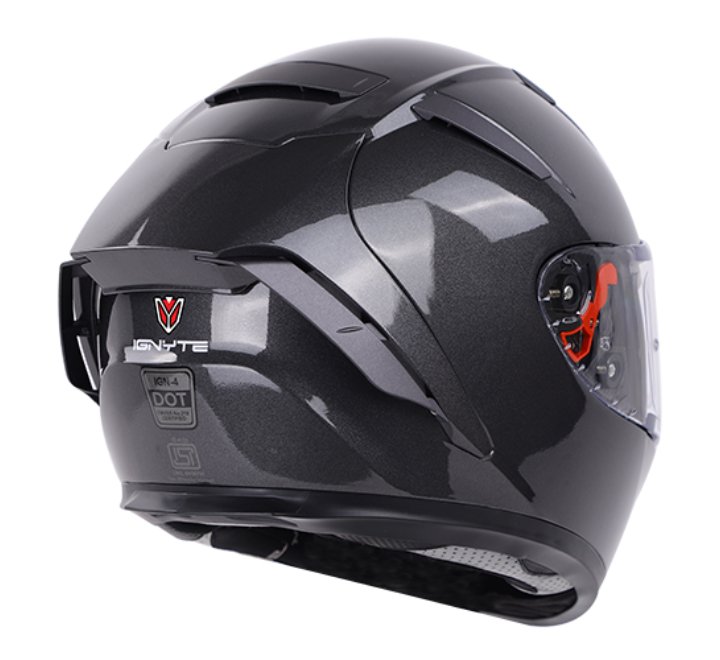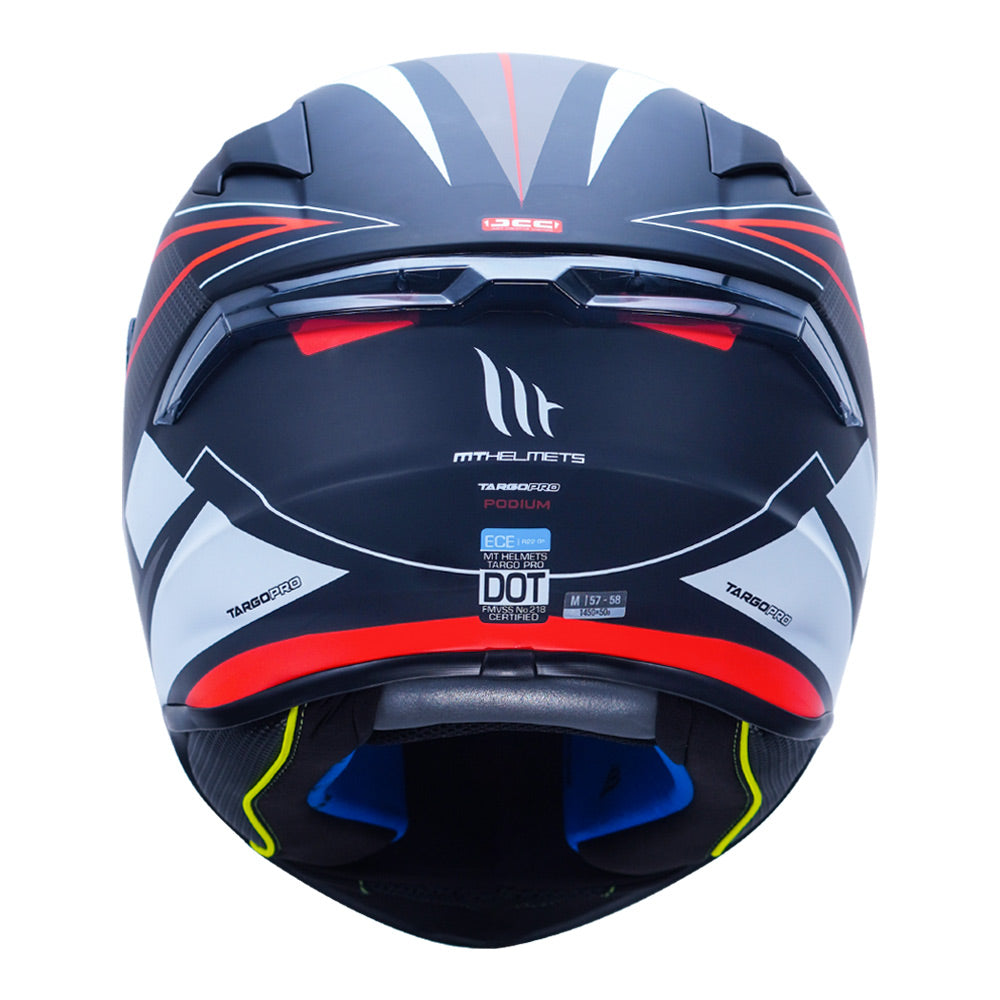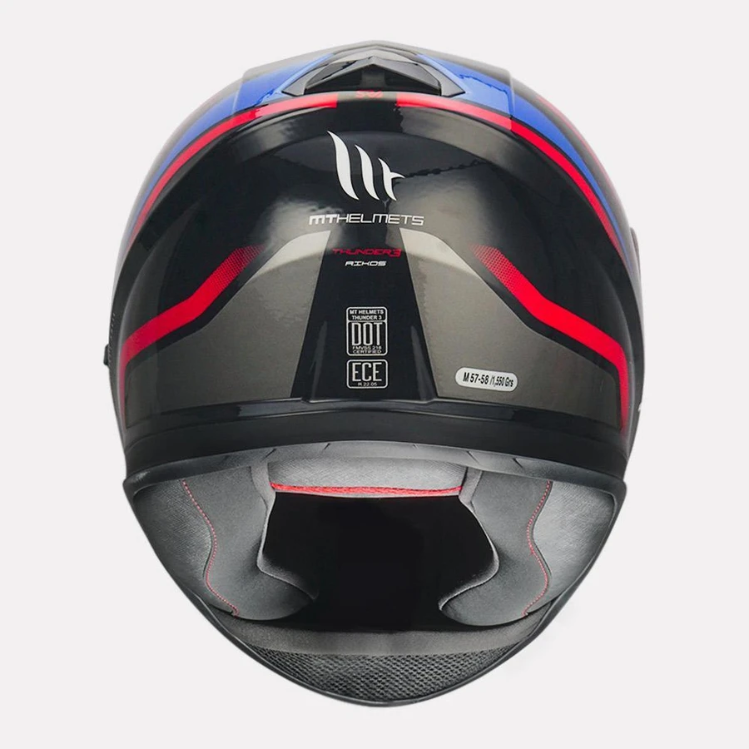
Introduction
Safety is paramount when it comes to motorcycle riding, and a crucial element in ensuring rider protection is the helmet. With a myriad of helmet options available, it can be overwhelming for riders to choose the right one. To simplify this process, the ECE (Economic Commission for Europe) helmet rating system serves as a reliable and standardized measure of helmet safety. In this comprehensive article, we will explore the ECE helmet rating system, its significance in ensuring rider safety, and delve into the different levels and considerations within this rating. By understanding the ECE helmet rating, riders can make informed decisions when selecting a helmet that offers uncompromised safety.
Part 1: The Importance of Helmet Safety
Level 1: Head Protection and Impact Absorption
Wearing a helmet is vital for protecting the rider’s head in the event of an accident. Helmets act as a critical barrier against head injuries by absorbing the impact forces and distributing them across the helmet’s outer shell and inner padding. A well-designed helmet with effective impact absorption properties can significantly reduce the risk of severe head trauma, skull fractures, and brain injuries.
Level 2: Shielding Against Debris and Wind Resistance
In addition to impact protection, helmets also shield riders from debris, wind resistance, and adverse weather conditions. Motorcycle riding exposes riders to various elements, including flying pebbles, insects, and gusty winds. Helmets with a secure fit, a visor or face shield, and enhanced aerodynamic design help safeguard the rider’s face and eyes, ensuring clear vision and minimizing distractions during rides.
Part 2: Understanding the ECE Helmet Rating System
Level 1: ECE Designation and Standards
The ECE helmet rating system is a widely recognized and standardized measure of helmet safety, developed by the United Nations Economic Commission for Europe. Helmets that meet the ECE standards bear the ECE designation, indicating that they have undergone rigorous testing and comply with specific safety regulations set by the ECE.
Level 2: Testing Procedures and Requirements
To achieve ECE certification, helmets undergo various tests that assess their impact resistance, chin strap effectiveness, retention system strength, field of vision, and other safety-critical criteria. Helmets undergo extensive laboratory and real-world testing, ensuring they meet stringent safety thresholds before being awarded the ECE certification. These tests provide riders with confidence that ECE-certified helmets offer a high level of protection and meet essential safety regulations.
Part 3: Levels of ECE Helmet Ratings
Level 1: ECE 22.05 Standard
The ECE 22.05 standard is the most common and widely used certification within the ECE helmet rating system. Helmets meeting this standard offer excellent protection against various impacts and meet the minimum requirements mandated by ECE regulations. ECE 22.05 certified helmets provide a solid baseline of safety for riders.
Level 2: Advanced ECE Certifications
Beyond the standard ECE 22.05 rating, some helmets may attain additional certifications, indicating an even higher level of safety and performance. These advanced certifications, such as ECE 22.06, ECE 22.07, or ECE 22.08, may require helmets to meet more stringent criteria, including increased impact resistance, rotational force reduction, and improved energy absorption. Helmets with these advanced certifications offer an extra layer of protection for riders seeking enhanced safety measures.
Part 4: Considerations When Choosing an ECE-Rated Helmet
Level 1: Helmet Fit and Comfort
While the ECE rating ensures a certain level of safety, it is equally essential to consider the fit and comfort of the helmet. A properly fitting helmet should snugly encase the rider’s head without being too tight or loose. Comfort features, such as a plush interior lining, adequate ventilation, and an adjustable retention system, enhance the overall riding experience and encourage helmet use.
Level 2: Additional Features and Technology
Apart from the ECE rating, riders may also consider helmets with additional features that further enhance safety and convenience. These features can include anti-fog visors, integrated sun visors, removable liners for easy cleaning, or Bluetooth integration for seamless communication while riding. While not directly related to the ECE rating, these features can contribute to a more enjoyable and efficient riding experience.
Part 5: Maintaining and Replacing ECE-Rated Helmets
Level 1: Helmet Maintenance
To ensure the continued effectiveness of an ECE-rated helmet, proper maintenance is crucial. Regularly inspecting the helmet for any signs of damage, such as cracks, dents, or loose padding, is essential. Clean the helmet following the manufacturer’s instructions, using mild soap and water, and avoid using harsh chemicals or solvents that may degrade the helmet’s materials. Additionally, storing the helmet in a cool, dry place away from direct sunlight can help maintain its structural integrity and prolong its lifespan.
Level 2: Knowing When to Replace
Despite the durability of ECE-rated helmets, they are not indestructible. Over time, the effectiveness of a helmet can diminish due to wear and tear, impacts, and exposure to environmental factors. It is recommended to replace a helmet if any significant damage is observed or if it has been involved in a crash, regardless of the apparent condition. Furthermore, helmets should be replaced every five years, as the materials and technologies used in helmet construction can evolve, rendering older helmets less effective in terms of safety.
Conclusion
The ECE helmet rating system provides riders with an essential benchmark for helmet safety, ensuring that helmets meet rigorous standards of impact resistance, retention, and other crucial safety requirements. By understanding the significance of helmet safety, the components of the ECE rating system, and considering the different levels within it, riders are empowered to make informed choices when selecting a helmet that conforms to their safety needs. Remember that while the ECE rating guarantees a certain level of protection, ensuring a comfortable and proper-fitting helmet is equally crucial for rider safety and overall riding satisfaction. With a thorough understanding of the ECE helmet rating system, riders can confidently choose helmets that prioritize uncompromised safety on their thrilling motorccycle journeys, knowing they are equipped with a helmet that meets high safety standards. Whether riding through urban landscapes or embarking on long-distance adventures, the peace of mind that comes from wearing an ECE-rated helmet allows riders to focus on the joy of the journey while staying protected.
In conclusion, the ECE helmet rating system plays a pivotal role in the realm of motorcycling safety, ensuring that riders have access to helmets that provide robust head protection, impact absorption, and overall safety. By understanding the importance of helmet safety, the components of the ECE rating system, and considering the different levels within it, riders can confidently select helmets that prioritize their well-being on the road. Embracing the principles of safety, comfort, and quality, the ECE-rated helmet becomes an indispensable companion for riders, lending assurance and protection as they navigate the open road.



